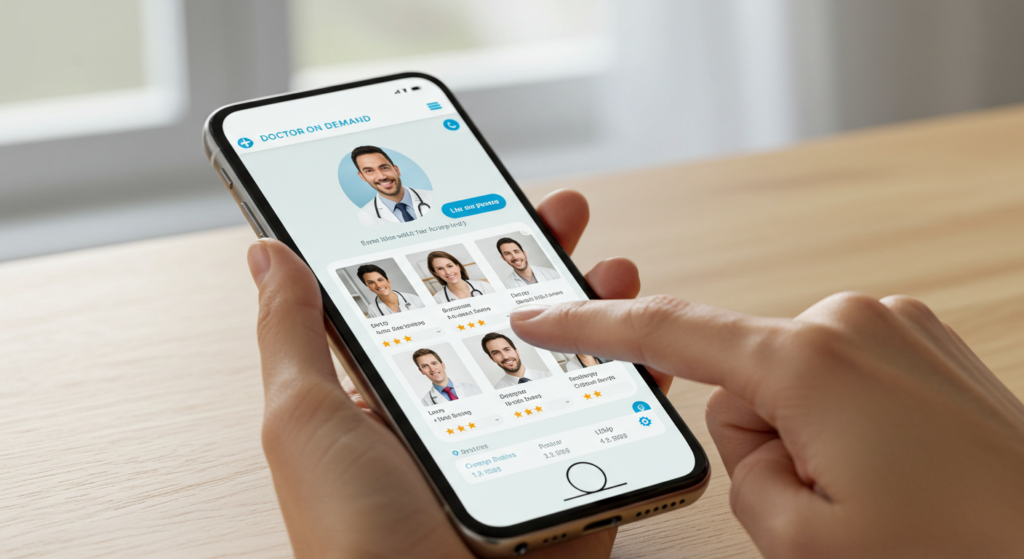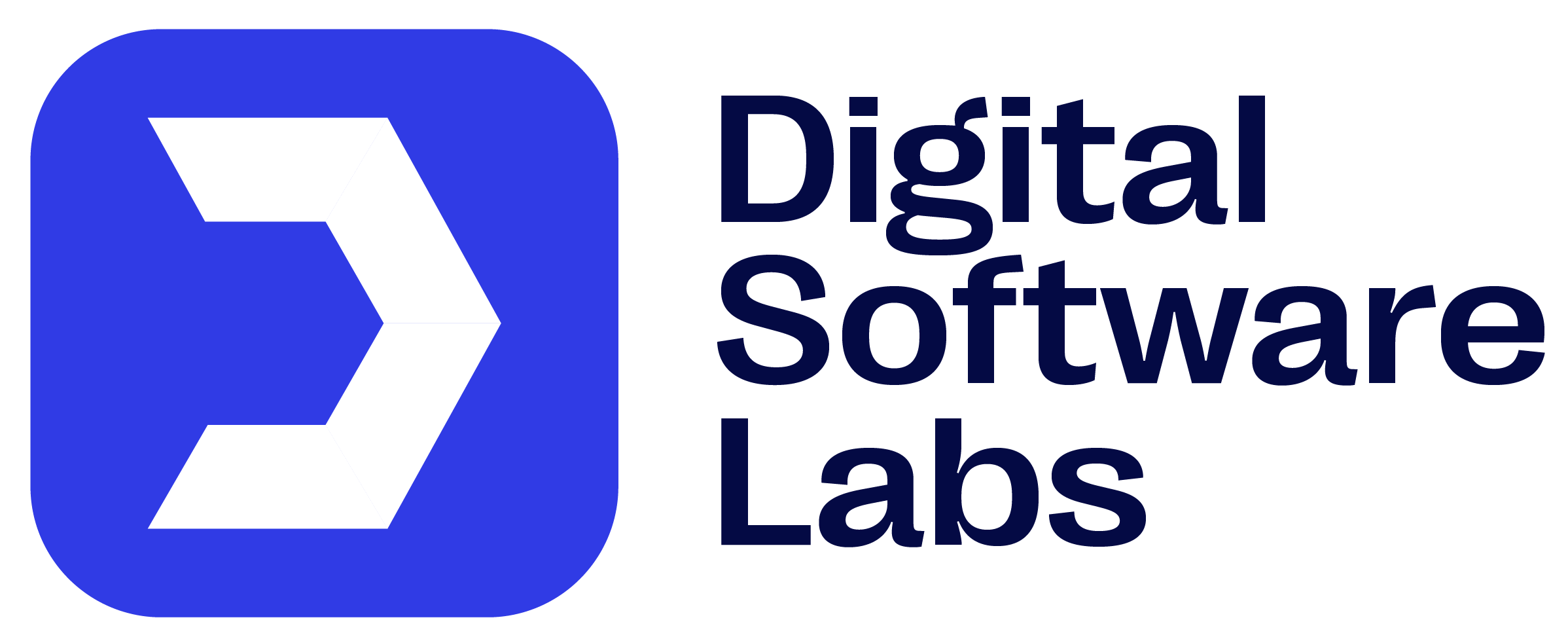In a world where instant access to healthcare is no longer a luxury but a necessity, doctor on demand apps have emerged as game-changers. These innovative mobile applications bridge the gap between patients and healthcare providers, offering medical consultations, prescriptions, and health advice through digital platforms. As healthcare continues to evolve with technology, the role of doctor on demand app development becomes increasingly vital in delivering personalized, timely, and affordable care across the globe.
What Is a Doctor on Demand App Development?

Doctor on demand app development refers to the process of designing, building, and deploying mobile or web applications that connect patients with medical professionals through digital platforms. These applications enable users to book appointments, seek medical consultations, and receive prescriptions without needing to visit a clinic physically. With increased adoption of telemedicine, the demand for seamless, secure, and scalable apps has accelerated, making the need for experienced developers and robust backend infrastructure vital to success.
The digital healthcare space continues to evolve rapidly, and building a doctor on-demand platform requires a deep understanding of healthcare compliance, user experience, and real-time communication systems. Leveraging strong backend development strategies can be instrumental, as seen in comparisons between frontend and backend frameworks that power real-time applications.
How Doctor On-Demand Applications Work?

Profile Setup
Users begin by downloading the app and setting up a secure profile, which includes personal health details, age, medical history, and preferred healthcare providers. The app must comply with HIPAA and other regional data protection laws.
Specialist Recommendations
The system uses intelligent algorithms or manual filtering to suggest relevant doctors based on symptoms, specialization, availability, and patient preferences. This simplifies decision-making for patients seeking specific healthcare solutions.
Scheduling Appointments
Once a doctor is selected, users can schedule virtual appointments through integrated calendars and availability slots. Instant bookings and reminders help ensure timely care.
Request for Online Advice
In non-emergency cases, users may prefer to seek advice without scheduling an appointment. This asynchronous communication is particularly effective for ongoing treatments or follow-ups.
Advice for Treatment
Consultations usually conclude with personalized treatment advice, which may include lifestyle changes, physical therapy recommendations, or referrals to specialists.
Online Payment
Secure payment gateways are integrated to facilitate transactions. Depending on the business model, the app might support insurance, credit card payments, or digital wallets.
Medical Prescription
Post-consultation, doctors can send digital prescriptions directly through the app. Users can forward these to their preferred pharmacies or order medicines via partnered services.
For developers, creating these functions means aligning robust mobile architecture with backend services. Reliable mobile infrastructure, discussed in this overview on mobile development, plays a crucial role in ensuring these components work cohesively.
How Doctor On-Demand Mobile Applications Make Money?
Subscription Model
Apps often charge users monthly or yearly fees for unlimited consultations or exclusive features. This model benefits users with recurring medical needs and ensures consistent revenue.
Collaborations
Partnering with hospitals, insurance companies, or diagnostic labs allows apps to expand their reach while offering added value. Collaborative integration with doctor on demand app development company can improve patient satisfaction and increase revenue channels.
Collaborations and Promotion
Healthcare product manufacturers or pharmaceutical companies may promote products through the app, giving developers room to monetize through sponsored listings or featured products.
Fees for Consultation
Pay-per-consultation is the most direct form of revenue. Doctors or clinics may charge a fixed fee, with the app earning a commission on each transaction.
Commissions
Apps acting as intermediaries may receive a percentage of the fees doctors charge, similar to gig economy platforms. This model works well for marketplaces offering access to a wide variety of specialists.
Products And Services With Value-Added
Apps may offer health plans, diet consultation packages, mental health subscriptions, or fitness tracking integrations. These services broaden the app’s appeal and generate additional revenue. Business models like these are frequently explored in related services such as food delivery app systems and other on-demand verticals.
Boost your healthcare services with a custom Doctor on Demand app.
Enhance care delivery, boost patient engagement, and streamline operations with custom Doctor on Demand app solutions.
Future of Doctor on Demand Apps

Features of Advanced Telemedicine
AI-powered diagnostics, voice-recognition, chatbots, and real-time EMR access are revolutionizing app capabilities. These features help personalize consultations and reduce dependency on human operators for minor tasks.
Combining Wearable Technology
Integration with wearables like smartwatches and fitness bands allows doctors to track real-time health data such as heart rate, sleep, and oxygen levels. This data enhances remote diagnosis accuracy.
Enhanced Mental Health Services
More doctor on-demand apps now offer access to licensed psychologists, therapists, and mental health counselors. This expansion is crucial given the rise in mental health awareness post-pandemic.
Platforms for Remote Patient Monitoring
Long-term conditions like diabetes or hypertension can be monitored through connected devices. Alerts and regular updates can be sent to caregivers and doctors, ensuring proactive healthcare.
Personalized Healthcare Plans
With the help of AI and ML algorithms, doctor on demand apps can generate tailored wellness or treatment plans, which evolve based on user data and physician feedback.
International Cooperation and Discussions
As cross-border consultations become more common, future versions of these apps may support multilingual interfaces and international compliance standards. Initiatives like these follow trends seen in other sectors, such as logistics and global app development. These growing demands also highlight the role of localization features, multi-currency billing, and secure document exchange, ensuring that a patient can interact with providers across time zones and legal systems seamlessly.
Developers working toward scalable healthcare apps must also pay close attention to the architecture of server-side components, as outlined in this backend development approaches. Robust server-side frameworks, multi-layer security protocols, and dynamic content delivery models lay the groundwork for responsive and high-performance telemedicine apps. These approaches are often the foundation for functionality in highly dynamic environments such as car rental applications or healthcare systems operating in real time, where uptime, data integrity, and real-time communication are mission-critical.
FAQs:
It’s ideal for consultations regarding non-emergency medical conditions, mental health support, prescription renewals, follow-ups, and initial diagnosis.
They earn through subscription models, per-consultation fees, value-added services, collaborations, and commissions on transactions.
The cost of developing an on-demand doctor app typically ranges from $25,000 to $120,000. Pricing depends on the app’s complexity, required features, design, platform, and development region. Advanced functionalities like real-time chat, AI, EHR integration, or regulatory compliance (e.g., HIPAA) can increase the total cost for a more customized and scalable healthcare solution.
Common technologies include React Native or Flutter for cross-platform development, Node.js or Django for backend, Firebase for real-time data, and AWS or Azure for hosting. HIPAA-compliant security layers and payment gateways like Stripe or PayPal are also crucial.
CONCLUSION
The rise of doctor on-demand app development reflects a broader shift toward patient-centric, accessible, and affordable healthcare. These applications are not only bridging geographical barriers but also redefining how medical advice and treatment are delivered. With advancements in technology, integrations with wearables, AI-driven features, and mental health inclusion, the possibilities are expanding rapidly. For healthcare providers or startups aiming to build scalable and compliant telemedicine platforms, working with trusted developers is essential. Digital Software Labs brings extensive experience in crafting reliable, user-focused solutions for the healthcare space. Drawing from real-world implementations, those investing in the best on demand doctor app development are likely to see significant user adoption and business growth.
As the healthcare industry continues to adopt digital-first solutions, understanding the evolving app development landscape becomes increasingly important. This is where the Digital Software Labs blog section plays a key role, offering in-depth knowledge and strategic guidance that supports better decision-making for telehealth innovation.




